As a cornerstone of Chinese fine arts, Chinese seal engraving manifests the beauty of Chinese characters to the utmost.
From the ancient imperial seals made of jade, to the more common seals used by all, history unfolds itself through these intricate curves and lines.
The art of engraving requires mastery of calligraphy and a high degree of virtuosity.
The imperial jade seals were used by the Chinese emperors as a sign of power and authority.
Over 2,000 years ago, China’s first imperial seal was created for China’s first emperor Qin Shi Huang. This Heirloom Seal of the Realm was carved out of Heshibi, a sacred piece of jade.
Later, the seals become more widely used in lieu of signatures and as artistic collections.
Today, Chinese seal engraving still enjoys great popularity.
It helps improve one’s concentration and observation skills, also enabling the development of aesthetic taste.
Consisting of the Chinese character “Jing” which also portrays a human figure running forward and embracing triumph, the emblem of the 2008 Beijing Olympic Games was also inspired by this art.
Chinese seal engraving is a combination of craftsman spirit and classical Chinese aesthetics, endowed with the wisdom of ancient Chinese people and the value of Chinese culture.
Producer: Yu Lan
Executive Producers: Wu Qingcai, Qi Bin
Coordinators: Wang Kai, Zeng Nai
Editor: Wang Xueer
Jointly produced by China News Network and Communication University of China















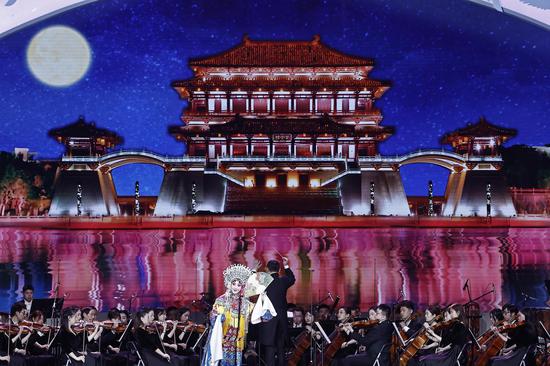



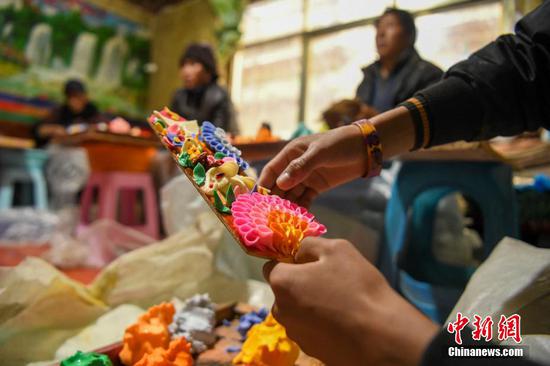




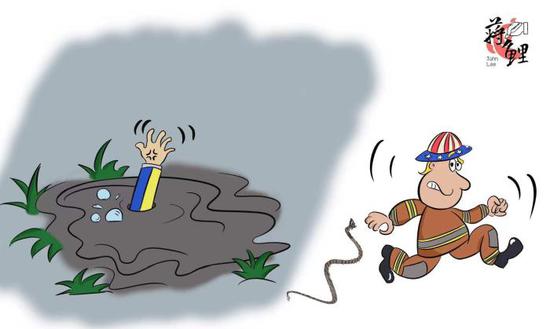


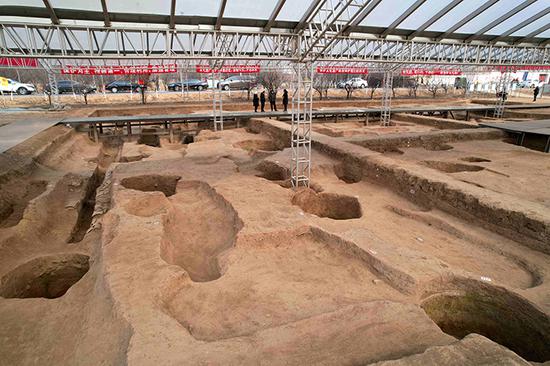


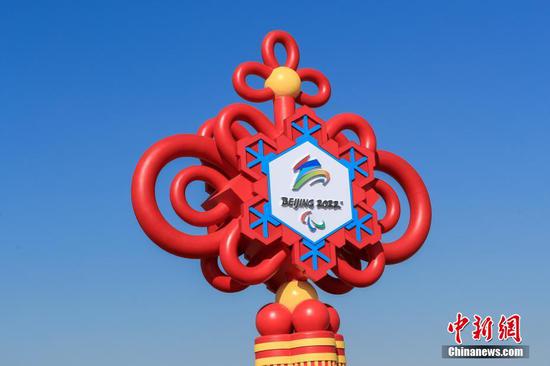



















 京公网安备 11010202009201号
京公网安备 11010202009201号